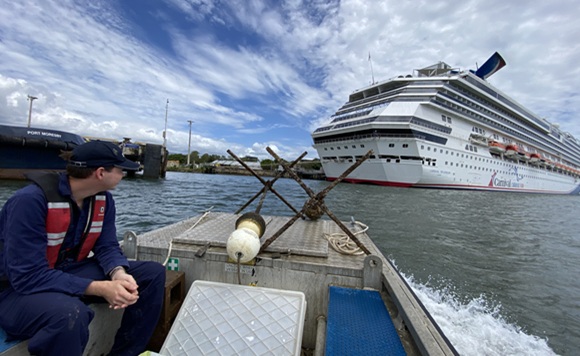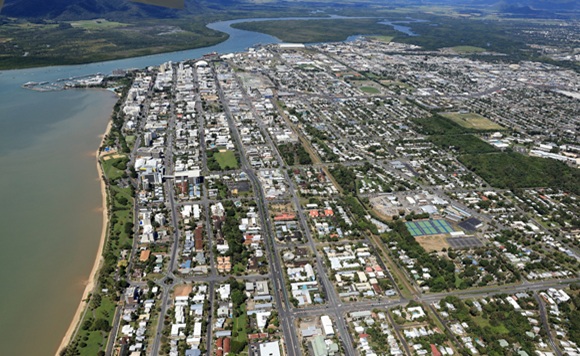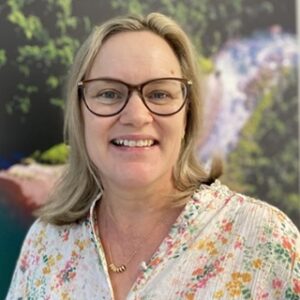
Fighting Amazon frogbit
Amazon frogbit, a noxious weed, has been making its way through creeks on the Tablelands and has also been spreading to the lower Barron catchment. But the Barron River, which is considered a concerning hotspot, has been helped by, of all things, ex-tropical cyclone Jasper.
share article
share article
Cyclone Jasper helped flush out Amazon frogbit, an aquatic weed that has been spreading

“Jasper flushed out the main Barron River flow, and immediately adjacent to our infrastructure at the Kuranda Weir,” Patrick Curtis says. He’s the environmental specialist at Cleanco, which manages the Barron River hydro-electric station.
“The sheer amount of water which flowed through the Barron River during the flooding in December 2023 left little to no sign of the weed.”
Cleanco has been part of a local taskforce which includes Djabugay Rangers, Yungaburra Landcare, Kuranda Riverboat, FNQRoC, the Tablelands and Mareeba councils, Cairns and Far North Environment Centre (CAFNEC) and the Queensland Parks and Wildlife Service. It monitors and removes Amazon frogbit found across Wet Tropics waterways.
Patrick says Cleanco is continuing to regularly monitor the river despite the all-clear.
“We are keeping an eye out in and around our infrastructure,” he says. “Other frogbit groups including Yungaburra Landcare and Tablelands Regional Council are monitoring it in the upper catchments and have seen some resurgence of frogbit but are doing an excellent job of controlling it.”
Amazon frogbit is a decorative aquarium plant that’s native to Central and South America. Declared a pest regionally, it can’t be bought or sold in the Far North. But fish lovers can still order it online for their aquariums.
It enters waterways when people illegally dump aquarium contents into drains, and it spreads through the water’s flow and on the wind, choking waterways and threatening native species. It can even attach to birds or watercraft, quickening the spread.
For the Djabuguy Rangers, Amazon frogbit also diminishes the cultural values of creeks and rivers that are important Bulurru (Storywaters).
“The creeks may involve a story from the sacred time of creation and include laws or totems, but the Elders are telling us that these cultural values can easily be eroded by Amazon frogbit,” Djabugay Bulmba Ranger Coordinator Darryl Hunter says.
“It is quick to take hold and spread, and very difficult to get rid of, so we continue to monitor for signs of its return. This takes coordinated community action and ongoing funding.”
AMAZON FROGBIT – HOW YOU CAN HELP
- Don’t buy it for your aquariums. (It’s promoted as an aquarium feature plant).
- Don’t dump aquarium contents into drains or waterways. Illegal dumping is the main cause of its spread. Seeds last up to three years.
- Report sightings to Biosecurity Queensland on 13 25 23.
related posts.


Managing urban runoff.
Urban runoff from towns and cities contributes a disproportionate share of pollution to the reef





